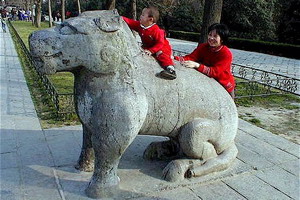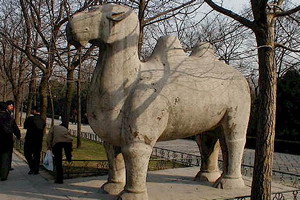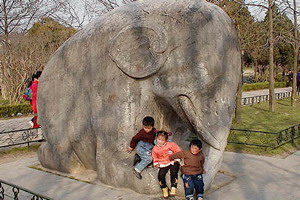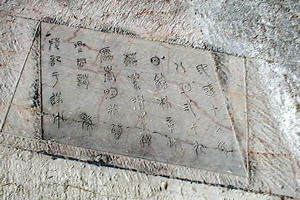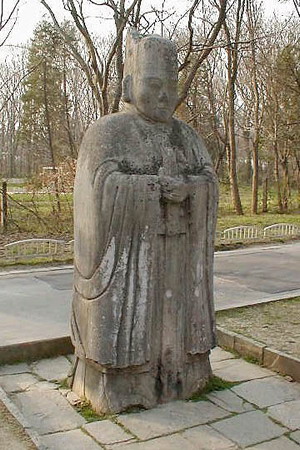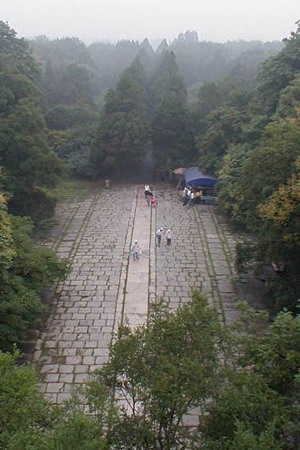
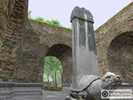
|
Part Three Business Model 3.4 A Case Study – Xiaoling Tomb(1398) in Nanjing, China Part One | Part Two | Part Three Part One Background Information about Xiaoling Tomb of Ming Dynasty The Xiaoling Tomb in Nanjing is the final resting place of Emperor Hongwu of the Ming dynasty, who ruled China from 1368-1398. After the tomb site had been selected, construction of the tomb began in 1381, but not without difficulty. The site was already partly occupied by the tomb of Emperor Sun Quan of the kingdom of Wu (died 254 AD). This did not deter Emperor Hongwu, who had the temple over Sun Quan's tomb moved to another location nearby. After these preparations, construction began in earnest and continued for over two years. Records from the time indicate that the majority of workers were criminals who were given work according to the severity of their crime; the heavier the penalty, the heavier the work. Though many died, Hongwu lived to see the tomb completed and survived for another 15 years. In the meantime, the Empress Ma Hou, who died in 1382, was interred here with grand ceremony. About ten years later Hongwu's eldest son (and heir) died unexpectedly, leaving Hongwu to spend five more lonely years on the Dragon Throne before his own death in 1398 at age 71. He was accompanied to the afterlife by scores of concubines who were burned to death and buried with him. The tomb site can be divided into three distinct zones: the Spirit Way, the temple complex, and the tomb itself. The first of these is the Spirit Way, which begins south of the tomb with a triple-arched gate called the Dajinmen. Just beyond the gate is a cube-like building called the Sifangcheng. Inside is a stele in the form of a turtle carrying a large memorial stone on its back. This was to become a standard feature of later Ming tombs, but not at such a scale. When Hongwu's son Yongle commissioned a larger stele for his own tomb, workers found it impossible to move and left it in place at Yangshan quarry at Death's Head Valley. It can still be seen there today, with the name of the valley its own memorial to the obscene death toll among the workers there. Some of the pictures shown below:
Some images and information above copyright 2001 Professor Kerk L. Phillips of Brigham Young University, Utah, USA. Check
this site for more details: Asian
Historical Architecture
|
© 2004 WHVPA All Copy Rights Reserved | Privacy Statement | Terms and Conditions | Contact Us |
